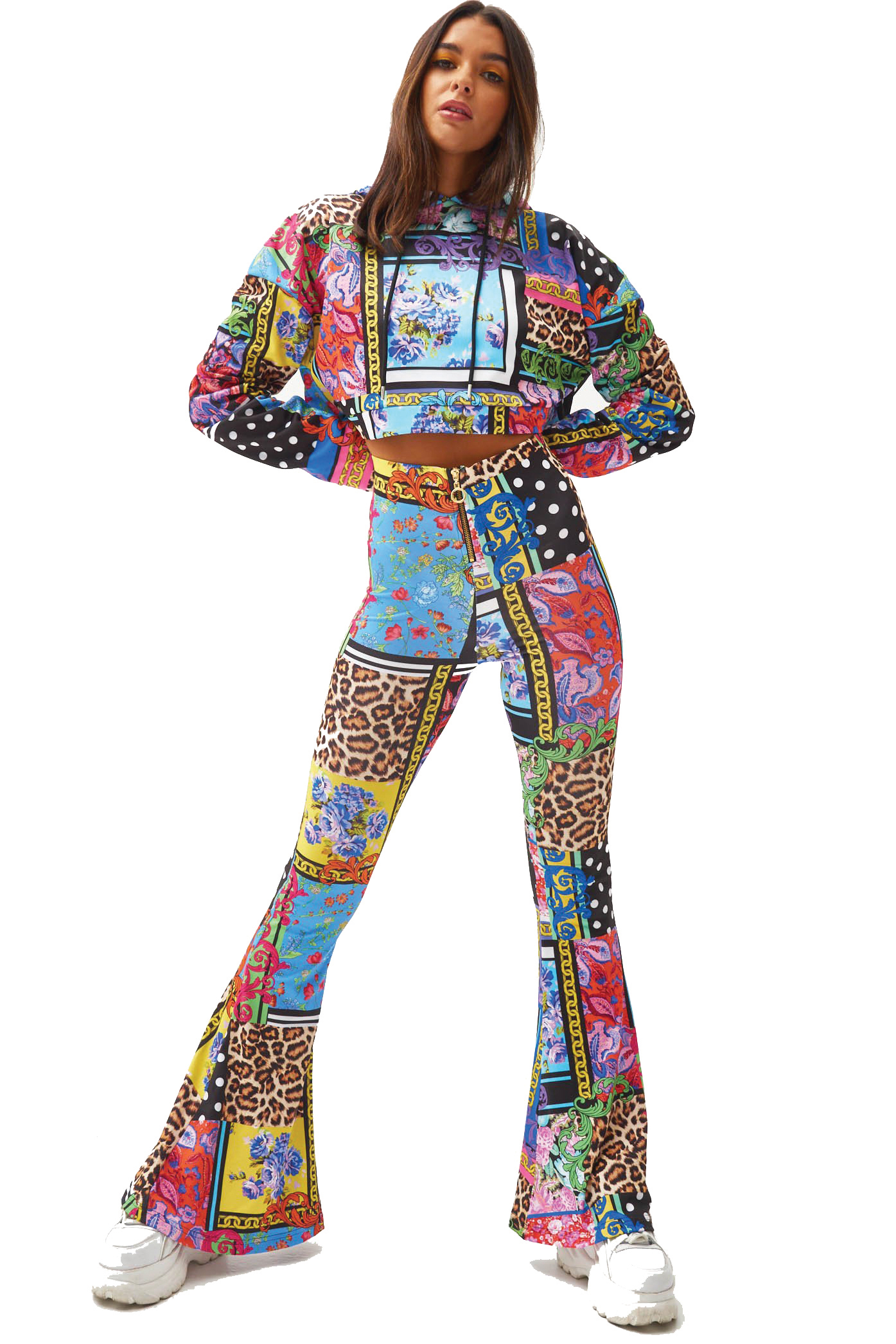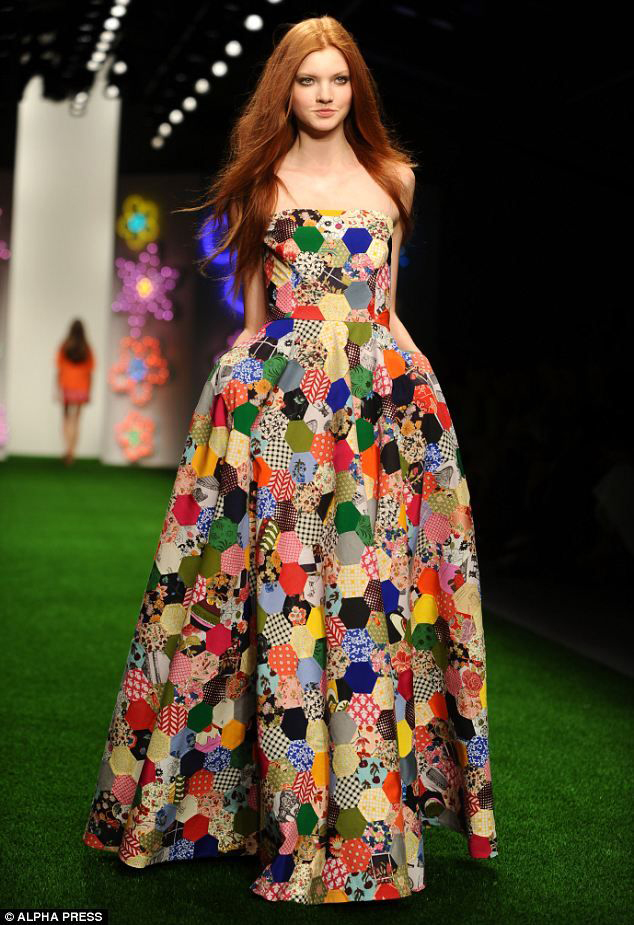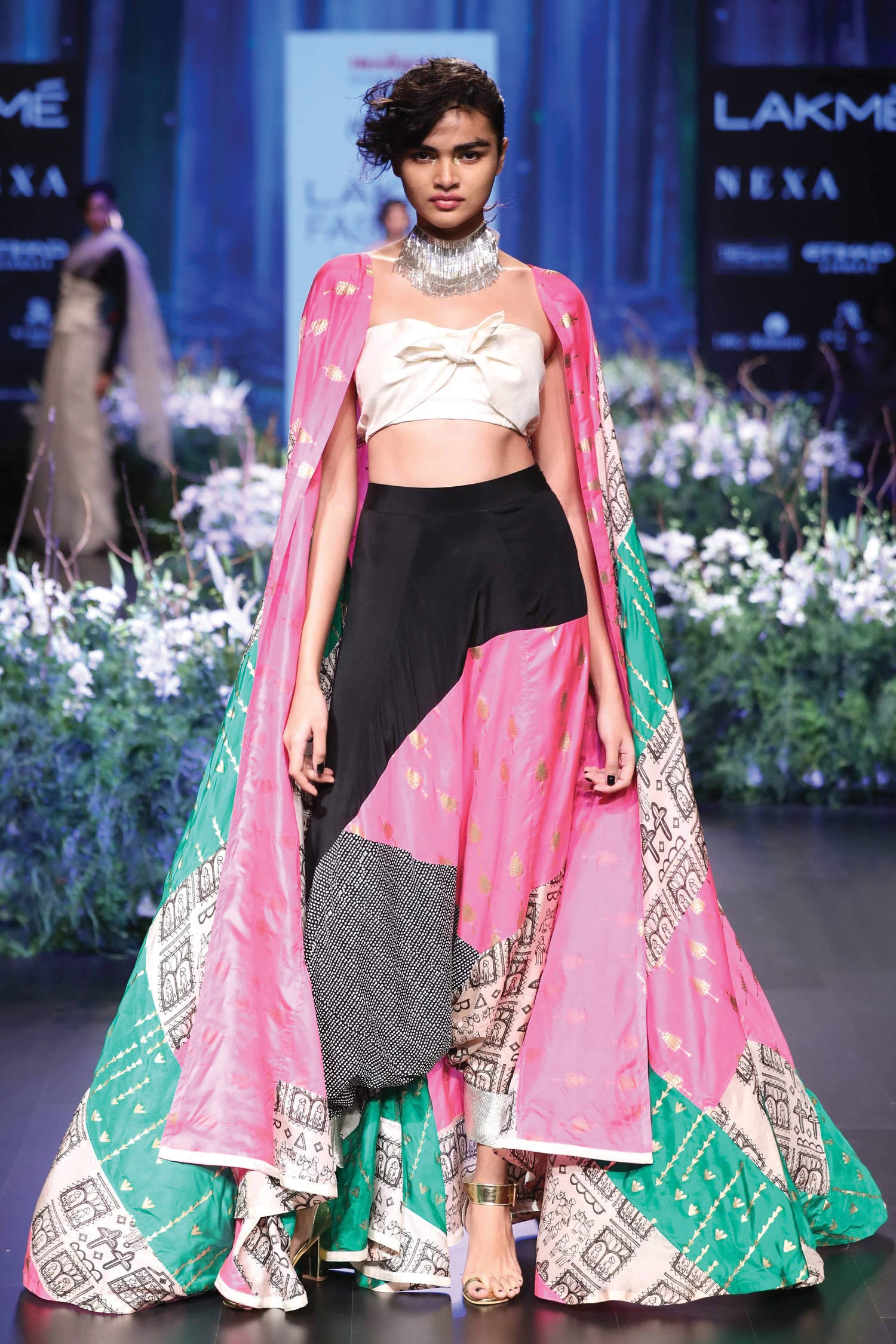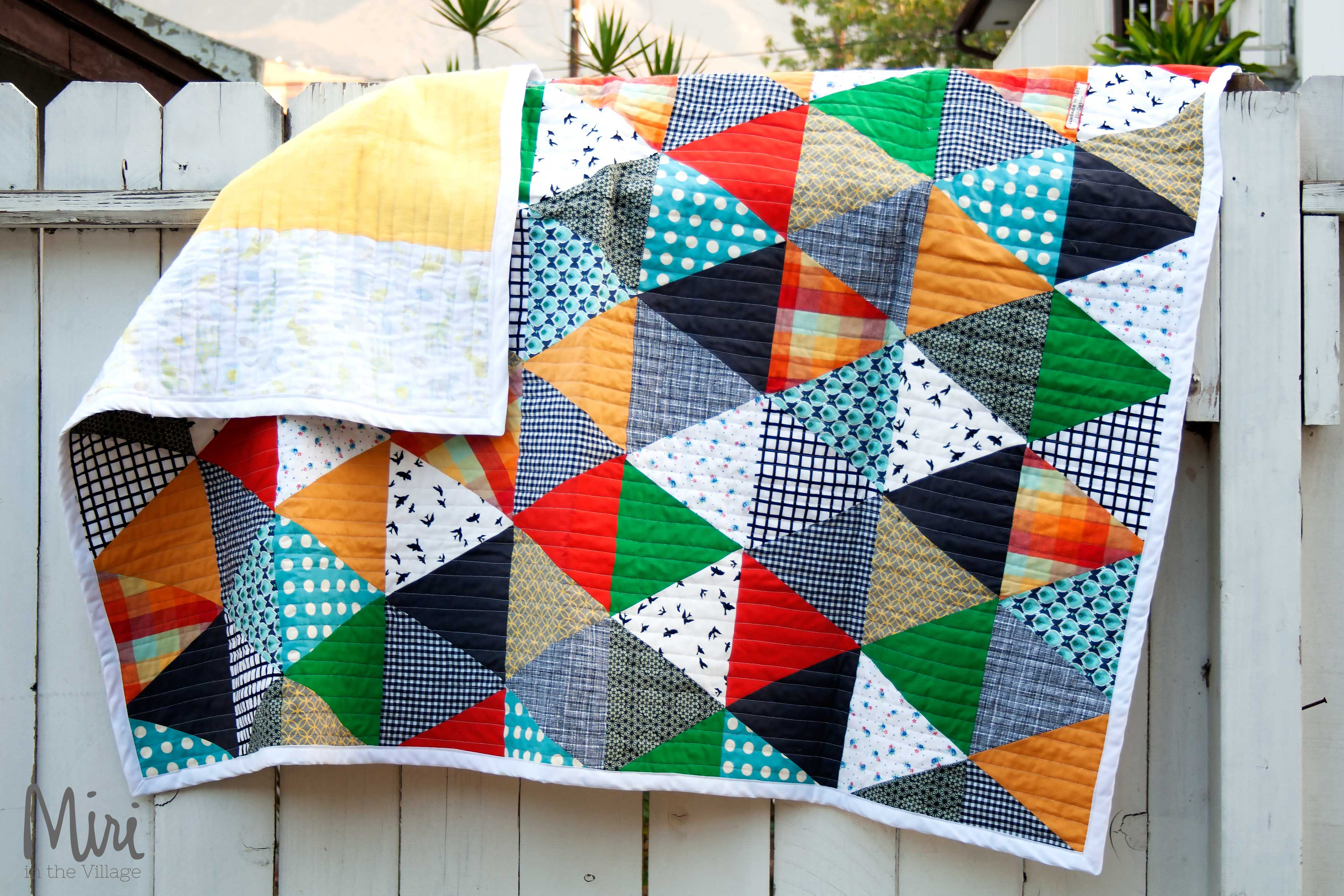Patchwork comprises sewing together pieces of same designs or colorful fabrics on a larger fabric to generate a funky pattern. The smaller designs are measured precisely and cut out and then sewn on to the larger fabric base with equidistant space between them. The designs can be of many kinds including pieces of kalamkari work, pieces of velvet, silk, satin and more.
There is evidence to say that as long as 5000 years ago, quilting of layers of cloth to make warm clothing and warm beds was done in China and Egypt. In the middle ages, the Japanese soldiers used to wear armor made out of quilted fabrics. In the early 11th century, with the climate getting colder in Europe, bedding made of quilt became commonplace. This soon led to more creativity and development of beautiful pieces of patterns and designs being stitched on to a large piece of cloth. This art of quilt and patchwork creation was taken to America by migrants.
In contemporary times, while patchwork based clothing is quite fashionable in other countries, in Pakistan too there has been a very curious and interesting marriage of ancient craft with modern designs and fabrics. From using random designs on sarees or salwar kameez using different fabrics, to using ancient handicraft to embellish sarees made of silk and cotton, Pakistani ethnic wear is using patchwork to the fullest.




Style and Attire
Old crafts like Kalamkari, Ikat and Nakshi Kantha have been using patchwork for a very long time. All three arts rely on using motifs which have definite religious significance. The patches of motifs carry various images such as lotus, sun, moon, and several other traditional symbols. All these motifs are used in an even layered manner on a dress.
In Pakistan, while the focus has been on ladies’ wear, the range of patchwork has expanded quite a bit. One can find patchwork embellishments of zari, chikan, pearls, beads and other such material which are used on sarees and salwars.
Chattapatti work can be classified as a traditional form of patchwork. Chattapatti embroidery is made up pieces of four or more colors of cloths stitched either diagonally or vertically embroidered with kamdani and sequins. Different colors of cloth cut in small pieces basically have to be cut in similar geometric shapes and stitched and embroidered together.
Given the delicate nature of most of them especially in Pakistani wear, it is recommended to get them dry cleaned. For ironing purposes, it is recommended to place a thin layer of cloth over the saree or salwar and at a moderate temperature.

